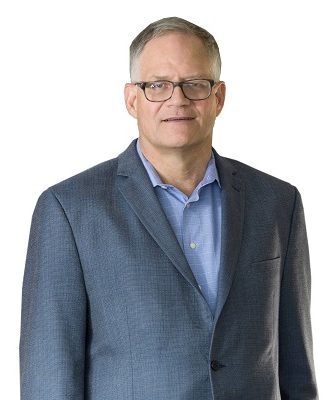Over the last decade, we have added over a million new residents to Dallas-Fort Worth. There is no debate over Dallas’ continued expansion–the question is not whether we need to continue to build to meet this demand, but how are we going to build our city?
Will we craft urban environments that address the human scale of the city, or continue to build-out low-density residential forms over larger areas, expanding our automobile dependence and stressing our public infrastructure and tax base? Will we densify in the inner core, or do we need to annex Oklahoma?

The great cities of the world that we all love to visit have common qualities: they are walkable and bikeable, places to see and be seen–sit at roadside bistros, and people watch around public squares. Being in the development business, we hear from our neighbors that they want walkable retail and restaurants, they just don’t want traffic and density.
Yet, by definition, you can’t have walkable places if too few customers live within walking distance. Retail and restaurant owners want maximum purchasing power in their trade area. If there are not enough people within walking distance, the result is drive-to establishments, which increase traffic and congestion and further erode the people scale experience. If we deny density, we instead spread out people and places into separated zones of development, forcing everyone to drive, increasing the dominance of the car over people and places alike.
On a purely economic basis, density is much more efficient. I live in a high rise luxury apartment building that sits on 1.33 acres, just outside Highland Park. The tax appraised value of our building is over $100 million. A typical Highland Park house sits on approximately 7,500 square feet of land and possibly valued at around $2.2 million. You could fit eight Highland Park houses on our 1.33 acres–or a value of 8 x $2,2 million, or $17.6 million in single-family houses.
Our apartment building on the same land generates almost six times the tax value and tax revenue as those eight houses. And larger scale development needs less municipal funding as the need for roads, parking spaces, water lines, sewer lines, and other public infrastructure and services are condensed. The result is fewer residences per mile requiring less infrastructure and with substantially more revenue.
The benefits of density need to be considered at both the individual and societal levels, including accounting for quality of life impacts. Although at the individual level suburban low-density housing in the abstract may be cheaper (often referred to as “drive until you qualify”), the math is much more complicated when you factor in housing location externalities including added transportation costs; reduced time with family and friends or working out (vs. walkable and bikeable neighborhoods that promote health and human interaction); traffic-related stress; increased utility costs from single-family homes with four walls, a foundation; a roof; etc.
Society as a whole also carries a burden from low density, spread out housing–higher cost per person for roads and utility lines and parking spaces; more pollution; global warming; more traffic and congestion; lower worker productivity; and lower property tax values per acre and student. These externalities are all born by society, and mostly not by the individual choosing to live farther from work.
On an ethereal level, the density of the built environment allows more experiential intersection moments–with people, buildings, bicycles, dogs, sounds, smells, designs–heightening our sense of wonder and excitement. Walk along the Katy Trail on a pretty Saturday or visit Knox Street or West Village on a Friday night, and you get a real feel for these intangible benefits (a European feel) of living in a more compact urban area.
It is time for Dallas to have a serious dialogue about these hidden costs of sprawl and consider the real individual and societal benefits of high quality, denser urban form. We could all use more great places that lift our human spirit daily.
Bob Voelker is senior vice president and general counsel for StreetLights Residential.





